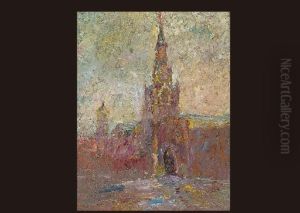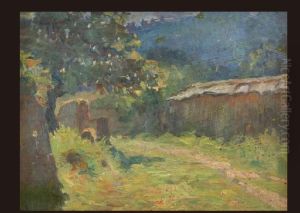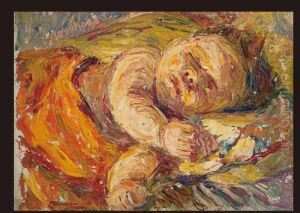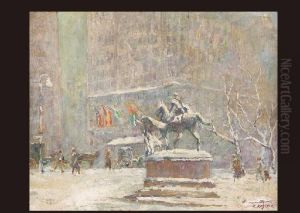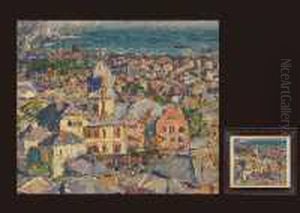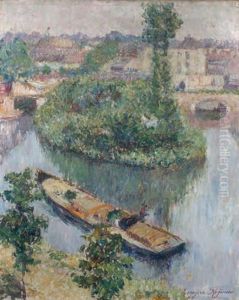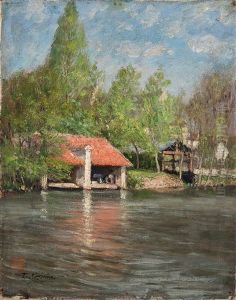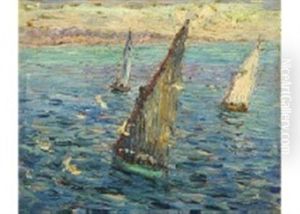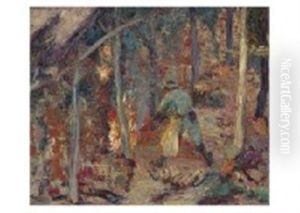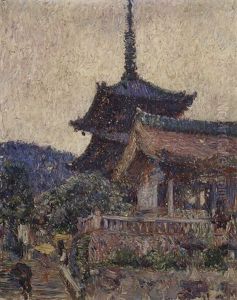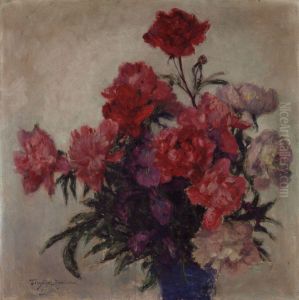Torajiro Kojima Paintings
Torajiro Kojima was a notable Japanese painter and Western-style artist born on August 23, 1881, in Okayama Prefecture, Japan. He is particularly recognized for his role in introducing and promoting Western art and painting techniques in Japan during the Meiji and Taisho periods.
Kojima’s passion for art began at an early age, and he pursued his interest by studying at the Tokyo School of Fine Arts (now Tokyo University of the Arts), where he was exposed to various Western art movements and techniques. After his studies in Tokyo, he traveled to Europe in 1908 to further his education and to immerse himself in the European art scene, a journey which was to greatly influence his style and career.
While in Europe, Kojima spent time in France, where he was deeply inspired by the Impressionist movement. He studied at the Académie Julian in Paris, a popular school for international artists, which enabled him to explore the nuances of Western painting styles firsthand. His exposure to European art and culture enriched his painting technique and broadened his artistic vision.
Upon returning to Japan, Kojima became an important conduit for Western artistic techniques and styles. He worked to incorporate the principles of Western art into his own work, while also adapting these techniques to suit Japanese tastes and subjects. Kojima was not only a practitioner of Western-style painting but also an advocate for its study, teaching at the Tokyo School of Fine Arts upon his return.
In addition to his role as an educator, Kojima was an active participant in the art community. He was involved with the Hakuba-kai (White Horse Society), a group that was instrumental in introducing Western-style art to Japan. His artworks often depicted landscapes and portraits, and they were celebrated for their delicate balance of Western techniques and Japanese sensibility.
Tragically, Torajiro Kojima's life and career were cut short when he died on October 4, 1929, at the age of 48. Despite his relatively brief career, his impact on the development of Western-style painting in Japan was substantial, and his works continue to be studied and appreciated for their unique blend of Eastern and Western aesthetic principles.
